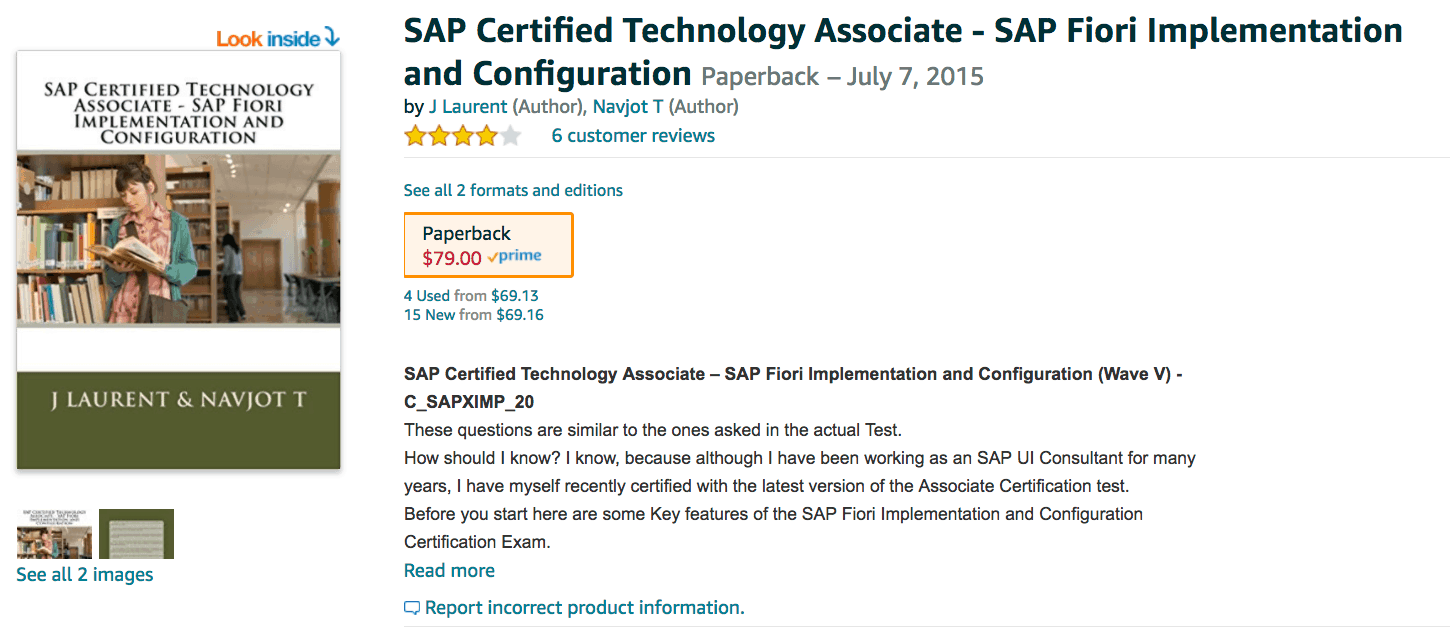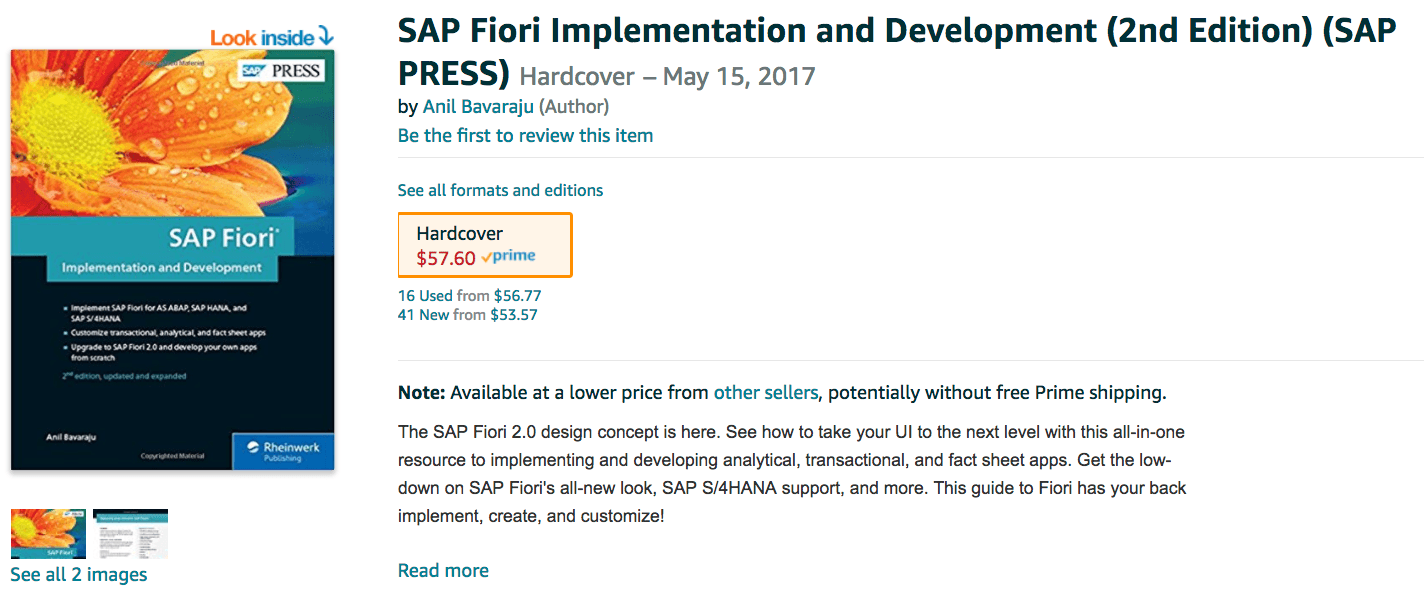How to Understand Why There are So Many SAP Fiori Books?
Executive Summary
- SAP Press functions to overpublish books in the SAP space, even for products with little following.
- This is illustrated very well in the books for Fiori.

Introduction
SAP Press has published 16 books at the time of this article’s publication on the topic of S/4HANA. However, there is an interesting backstory to these books and how SAP Press operates. In this article, we will cover both of these topics.
Our References for This Article
If you want to see our references for this article and other related Brightwork articles, see this link.
Notice of Lack of Financial Bias: We have no financial ties to SAP or any other entity mentioned in this article.
What is the Real Story About SAP Press?
SAP has a relationship with a publishing company called SAP Press. SAP does not outright own SAP Press, but they remotely control them. When SAP is trying to push a new application or concept, they rely upon SAP Press to publish a book in the area. Some of these books are written by outside consultants. For example, I wrote a book for SAP Press. SAP employees write others.
Now the SAP consultant or SAP employee will ordinarily not care if anything in an SAP Press book is true. Many of these books are designed to get excited around an area that SAP is introducing. A book like this one will be basically material that SAP would like customers to think is true. People reading an SAP Press book may think they are getting real information, but they aren’t. They are getting information that SAP approves of being published. Much of it is straight from SAP marketing.
Curiously, with SAP Press books, buyers pay what usually is around $70 for the right to be propagandized.
- How to Read an SAP Press Book: I have read many SAP Press books in my life. I read them more as media criticism.
- How Much is True?: Some of the things in them are true, but any unflattering information or information that contradicts the official SAP position would never be published in a book by SAP Press. They are a combination of true information with marketing or promotional information.
Let us review the books written about Fiori. Four of the eight were published by SAP Press, and another publishing company published four.








How Many Fiori Books Exist Versus Fiori Implementation and Usage?
Fiori can be used with other applications aside from S/4HANA. However, most Fiori apps are for S/4HANA. Therefore, the uptake of Fiori is, to a high degree, dependent upon S/4HANA. In fact, except for a very few Fiori apps developed in Fiori’s earliest stages, almost none of the Fiori apps can be used with ECC unless ECC is running on HANA. And it is quite rare for ECC accounts to use Fiori.
Yet our Brightwork research into the number of go-lives of S/4HANA, A Study into S/4HANA Implementations, there are actually few S/4HANA go-lives. Given the number of S/4HANA go-lives and, therefore, Fiori usage, this means that there are many Fiori books given the number of go-lives. Furthermore, given Fiori’s issues and the long-term problems SAP has had introducing a new UI, we have predicted that Fiori will not survive. We forecast that it will be replaced with another “new” user interface.
Why so many books?
Well, S/4HANA is eventually planned to replaced ECC. At some point, the idea is that this will be a significant amount of consulting work and internal work within ECC accounts. However, because S/4HANA is such an immature product, the books of S/4HANA and associative items like Fiori have significantly preceded the publication of the implementations on S/4HANA.
Conclusion
SAP, through SAP Press, has flooded the market with Fiori books. The existence of these books gives the impression that S/4HANA and Fiori are more ready than it is. SAP, as well as SAP consulting companies, significantly misrepresent the state of Fiori as well as S/4HANA to prospects. Many SAP customers don’t realize that S/4HANA is currently one of the riskiest implementations that any company can perform.
SAP Press is part of SAP’s media system that makes customers think that things SAP introduces are more popular or more mature than they actually are.